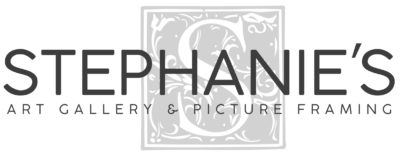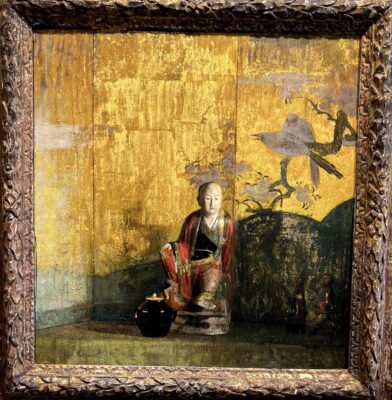When spring comes.
Oil on board.
Signed lower left.
Inquire contact to the gallery.
About Hovsep Pushman
Hovsep Pushman (American, 1877-1966)
Pushman’s artistic identity began to take shape after he opened his own studio in 1921. Robert-Fleury, upon seeing one of Pushman’s early studio still lifes, advised the artist, “That painting is you.” Thereafter, Pushman’s career was devoted to one subject: oriental mysticism, and one form: the still life. His paintings typically featured oriental idols, pottery, and glassware, all glowing duskily as if illuminated by candlelight. They were symbolic, spiritual paintings, and were sometimes accompanied by readings that helped explain their allegorical significance. Most importantly, they were exquisitely beautiful, executed with technical precision. “Austere Solitude” exemplifies the stunning beauty, mysterious mood, and impeccable technique that made Pushman’s work so highly respected.
Pushman died in 1966 in New York City.

